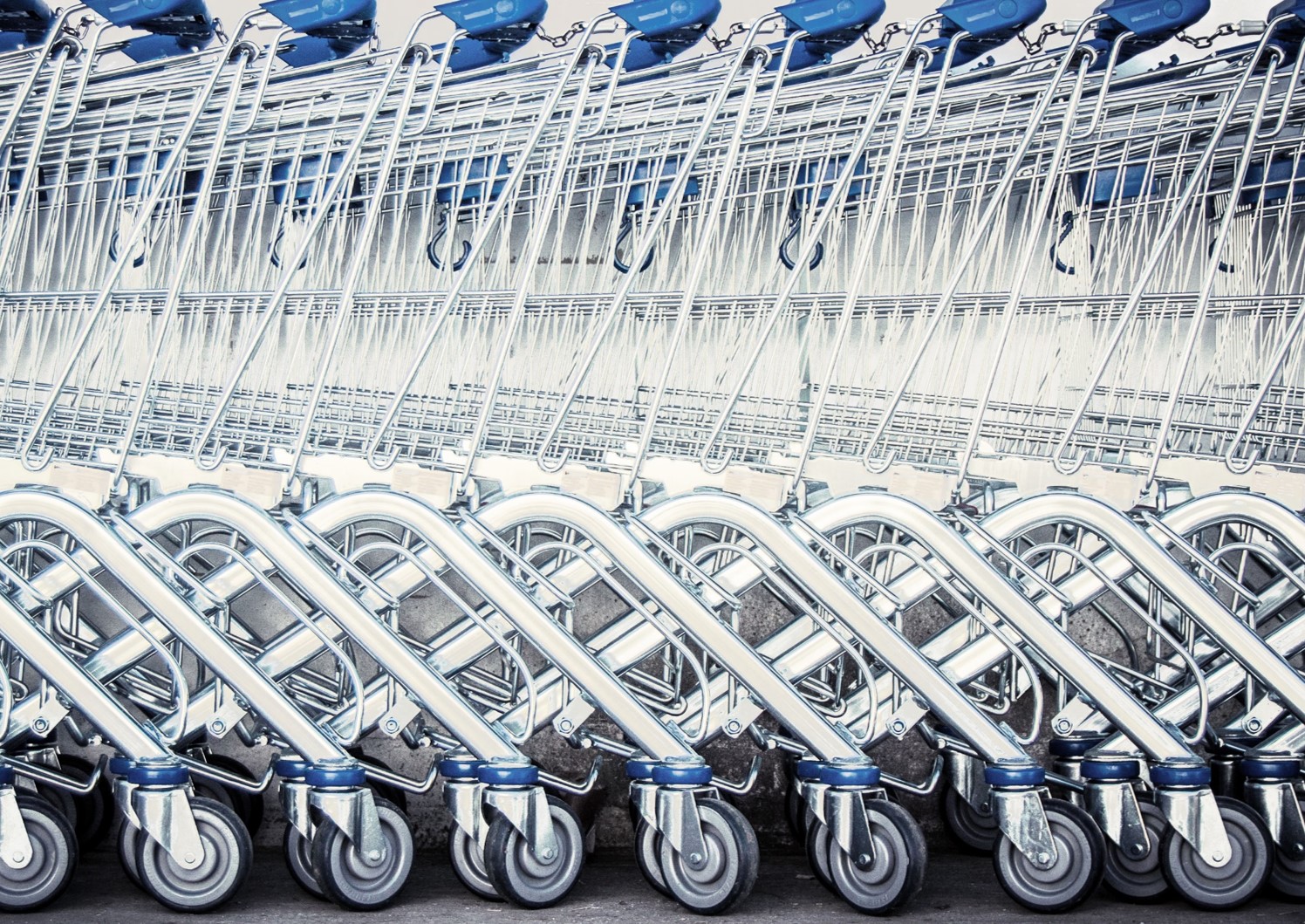2018 was a significant year for click & collect, with the number of locations amongst leading omnichannel retailers rising by 40%. With the potential to solve challenges around the costs of ecommerce, excess store space and rising demand for speed and convenience, suppliers should be prepared for further adoption of this rapidly growing fulfillment model.
A mandatory offering
Retailer investment across the industry has created a landscape in which it is now a mandatory requirement to have a click & collect option. Based on our global benchmarking study of 25 leading retailers, over 80% now offer the service, with the majority achieving same-day pickup timescales.
Solving the economics of last mile fulfillment
The click & collect model offers benefits for retailers wanting to expand their omnichannel capabilities without fundamentally transforming their business model. With less resource and investment required than home delivery, plus the ability to utilize excess store space for fulfillment, it also appeals against the backdrop of tightening retailer margins. Leading German grocer Rewe, for example, has noticeably shifted attention away from its online home delivery service towards click & collect for the sake of economic viability, with plans to expand the service to all of its German stores. The benefits also extend beyond ecommerce, with one recent report highlighting that 51% of active online shoppers make unplanned purchases upon collection (Retail Dive, 2018).
Accordingly, click & collect networks are being rapidly built out to drive online scale and penetration. In 2018 alone, over 5,000 new pickup points were added by leading omnichannel operators globally.
In the US, where ecommerce has grown from 12% to 17% of chain retail sales since 2013, click & collect is being pioneered by leading grocery operators, with notable recent headlines including:
- Walmart doubling the number of stores offering online grocery pickup in 2018, and planning to add another 1,000 locations in 2019 alongside 900 additional automated pickup towers
- Kroger partnering with Walgreens in October 2018 to integrate grocery click & collect stations into the Walgreens network
- Target announcing in April 2019 efforts to expand its ‘Drive Up’ service to new states including California, Arizona and Nevada
As online grocery demands have grown, so too have the number of click & collect models - from automated pickup stations, to Amazon lockers, to pedestrian grocery drive formats being rolled out by Carrefour in France – all of which will continue to evolve the omnichannel landscape going forward.
The future of click & collect
While click & collect was once considered an innovative differentiator, its rapidly materializing ‘table-stakes’ status will create new challenges for retailers, namely how to differentiate their service from the next competitor. Future development in four key areas should be expected as retailers seek this differentiation going forward:
- Coverage – expect retailers to continue rolling out the service to more stores in order to grow their online grocery penetration. Walmart and Target currently only reach about 40% of their total store estate with their offering, which could be expanded significantly.
- Speed – same-day pickup will continue to grow, but expect even shorter timescales to materialize as ecommerce players such as Amazon roll-out 1 and 2-hour delivery.
- Format Innovation – click & collect models will become more innovative and more advanced as retailers experiment with different collection methods. Walmart’s automated pickup towers are a prime example of the future direction of travel.
- Experience – There is still room for retailers to develop the experiential aspect of their click & collect offering. Initiatives that create a seamless path to purchase (e.g real-time inventory, text alerts), integrate the in-store environment (e.g smart impulse merchandising, sampling at the collection desk), and surprise and delight consumers (e.g Walmart giving pickup perks such as hidden Easter eggs in grocery bags), will prove invaluable to retailers’ future click & collect offerings.
Implications for suppliers
With click & collect evolving fast, suppliers should act on the following recommendations across Retail Insight’s four winning strategies:
Store of the Future: • Develop creative merchandising techniques to generate impulse purchasing around click & collect service counters, lockers and curbside locations
Ecommerce & Digital Ecosystem Management: • Ensure ecommerce resource is sufficient to support brand visibility online, driving conversion through optimized images, titles and descriptions • Align ecommerce and store-based marketing teams across the consumer journey from online to in-store, in order to create a holistic and joined-up brand offering
Supply Chain & Fulfillment: • Review supply chain capabilities for real-time inventory planning in order to fulfil from store, and ensure products are suitably packaged for emerging models such as lockers and automated towers
Shopper Engagement & Retention: • Inspire more interactive and experiential click & collect propositions through retail partnerships which integrate sampling, promotions or events in-store or online – Mondelēz International brand Milka, for example, ran an experiential Easter egg hunt campaign on Carrefour’s Drive platform.




